Home>Dining>Events & Etiquette>Table Manners: How To Place A Knife
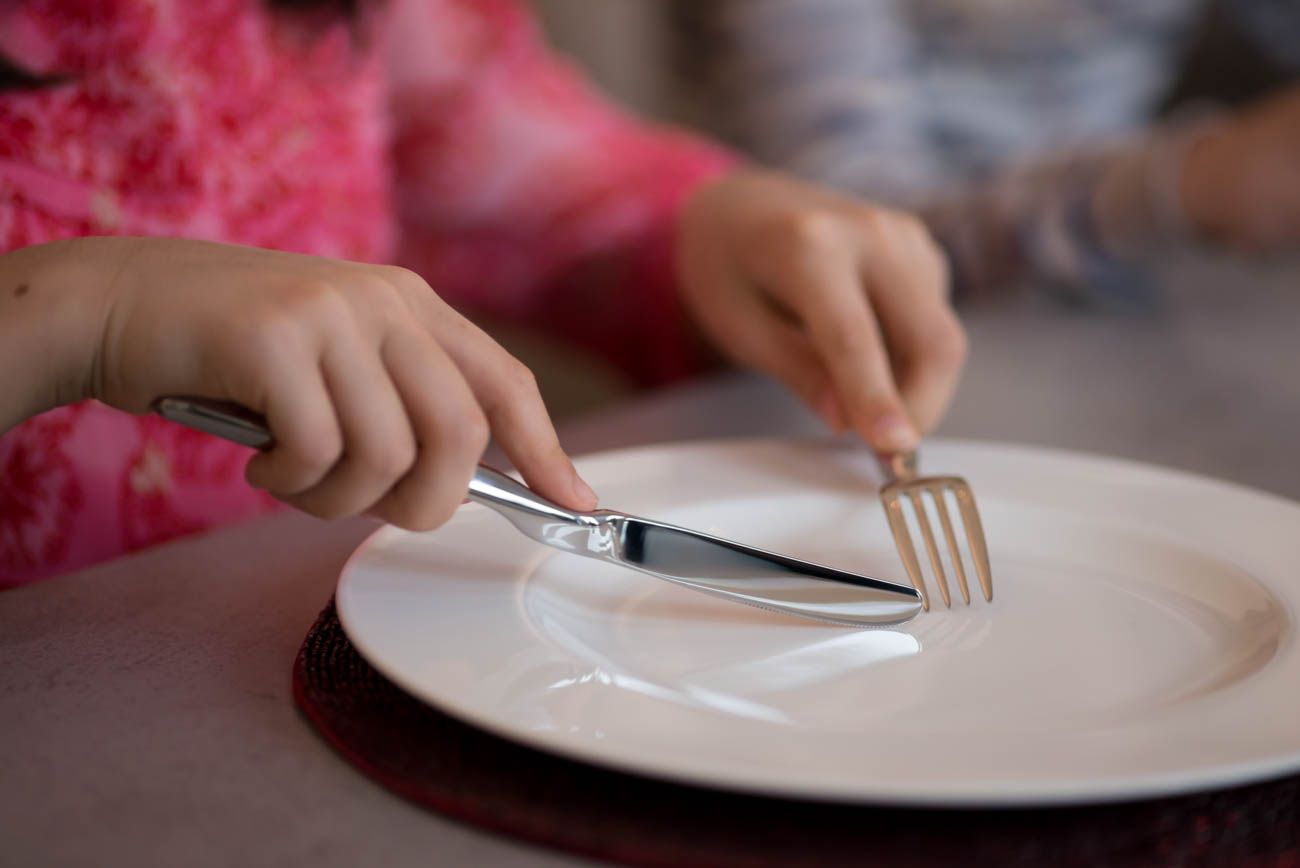

Events & Etiquette
Table Manners: How To Place A Knife
Modified: January 15, 2024
Learn proper table manners and etiquette for placing a knife at events. Discover essential tips and guidelines for a polished and refined dining experience.
(Many of the links in this article redirect to a specific reviewed product. Your purchase of these products through affiliate links helps to generate commission for Storables.com, at no extra cost. Learn more)
Introduction
Table manners are an essential part of any social gathering or formal event. They not only reflect your etiquette and manners, but they also contribute to the overall ambiance and enjoyment of the meal. When it comes to table manners, one key element is the proper placement of utensils, including the knife. Knowing how to place a knife correctly can make a significant difference in your dining experience and can demonstrate your understanding of proper table etiquette.
In this article, we will explore the importance of table manners, provide insight into the basic table setting, and discuss the correct placement of knives. We will also explore different knife placement styles and offer some helpful etiquette tips to ensure you navigate any dining situation with grace and sophistication.
So, whether you are attending a formal dinner party, a business luncheon, or simply dining with friends and family, mastering the art of knife placement will help you feel confident and poised in any social setting.
Key Takeaways:
- Mastering the art of knife placement enhances dining experiences, reflects respect, and boosts confidence in social and professional settings. It’s a key element of table manners and etiquette.
- Proper knife placement involves functionality, neatness, and adherence to etiquette. Different placement styles exist, but following the lead and observing etiquette guidelines are essential for a polished dining experience.
Importance of Table Manners
Table manners play a crucial role in our daily lives, especially when we are dining in social or formal settings. Beyond the basic function of ensuring a civilized and orderly meal, practicing proper table manners demonstrates respect for the host, consideration for fellow diners, and a level of sophistication and cultural awareness.
When it comes to table manners, the way we handle utensils, including the placement of knives, can convey a lot about our upbringing, education, and overall social skills. By adhering to proper table manners, we create an inviting and pleasant atmosphere for everyone involved, fostering a sense of harmony and enjoyment.
Additionally, table manners can influence our professional and personal relationships. In business settings, particularly during formal dinners and networking events, exhibiting impeccable table manners can leave a lasting impression on clients, colleagues, and superiors. It demonstrates professionalism, attention to detail, and an ability to navigate social situations with grace.
Moreover, when dining with family and friends, table manners not only enhance the dining experience but also show respect and consideration towards one another. Good manners promote open and enjoyable conversations, facilitate bonding, and foster a sense of togetherness.
Ultimately, practicing proper table manners, including the correct placement of knives, can contribute to our overall self-confidence and personal growth. It allows us to navigate various social and professional situations with ease, ensuring that we leave a positive impression on others.
In the next section, we will delve into the fundamental components of a proper table setting, which will provide the foundation for understanding how to place a knife correctly.
Understanding Basic Table Setting
Before we delve into the precise placement of knives, it is essential to have a basic understanding of standard table settings, including the spoon and fork placement in table settings. This knowledge will enable you to place the knife correctly within the context of the overall table arrangement.
A traditional table setting consists of various elements that are strategically placed to guide diners through the course of the meal. The main components include:
- Dinner Plate: The dinner plate is typically placed in the center of the setting and serves as the foundation for the entire arrangement.
- Forks: The forks are usually placed on the left side of the plate. They are arranged in the order they will be used, so the outermost fork is for the first course, and the inner forks are for subsequent courses.
- Knives: The knives are positioned on the right side of the plate, with the blade facing inward.
- Spoons: The spoons are placed to the right of the knives, with the soup spoon being the furthest to the right.
- Glasses: The glasses are placed above the knives and spoons, on the right side of the setting. They typically include a water glass, a wine glass, and any other specific glassware as per the meal.
- Napkin: The napkin is either folded neatly and placed to the left of the forks or creatively folded and positioned on top of the plate.
Understanding the placement of these elements allows for a cohesive and aesthetically pleasing table setting. It also provides a framework within which we can correctly position the knife.
Now that we have a foundation of basic table setting knowledge, let’s explore the correct placement of the knife in more detail.
Placing the Knife Correctly
When it comes to placing a knife on the table, there is a proper way to do it to ensure both functionality and etiquette. The knife should be positioned on the right side of the dinner plate, with the blade facing inward towards the plate. The handle of the knife should be positioned slightly above the edge of the plate, angling towards the center of the setting.
By placing the knife in this manner, it is easily accessible to the diner while maintaining a neat and organized table setting. The blade facing inward prevents any accidental contact with other utensils or objects on the table, minimizing the risk of unwanted spills or accidents.
It is essential to note that the placement and orientation of the knife are consistent with the overall table setting. This cohesive arrangement not only enhances the visual appeal of the table but also reflects your attention to detail and adherence to proper etiquette.
Now that we understand the correct positioning of the knife, it’s time to explore different knife placement styles that you may encounter in formal and informal dining settings.
When setting a table, place the knife to the right of the plate with the cutting edge facing the plate. The blade should be facing inward, towards the plate.
Knife Placement Styles
While the general guideline for placing a knife is with the blade facing inward towards the plate and the handle angling towards the center of the setting, there are different knife placement styles that may be used in various dining contexts.
1. American Style: In American dining, the common style is to position the knife on the right side of the plate, with the blade facing inward and the handle placed at a 4 o’clock angle. This style allows for easy access to the knife during the meal.
2. Continental Style: In Continental dining, the knife is placed in a similar position to the American style, with the blade facing inward and the handle angled towards the plate. However, the handle is positioned at a 5 o’clock angle, slightly more to the right. This style is commonly seen in European dining traditions.
3. French Style: The French style of knife placement is known for its precision and elegance. The knife is positioned with the blade facing inward and the handle placed parallel to the edge of the table, pointing towards the center of the setting. This style emphasizes a clean and minimalist table arrangement.
It’s important to note that while these knife placement styles may vary, the key principles of having the blade facing inward and the handle positioned for easy access remain consistent. It’s always a good practice to observe your dining companions or follow the lead of the host when in doubt.
Now that we’re familiar with different knife placement styles, let’s move on to some essential etiquette tips related to knife placement.
Etiquette Tips for Knife Placement
Proper etiquette goes beyond just knowing where to place a knife. Here are some important tips to keep in mind when it comes to knife placement:
- Follow the lead: When dining in a formal setting, it’s best to follow the lead of the host or the head of the table. Observe how they position their knife and mirror their placement.
- Avoid touching the blade: When handling or repositioning the knife, always remember to avoid touching the blade. Use the handle or the blunt side of the knife to prevent any accidental injuries.
- Be mindful of spacing: Make sure to leave enough space between the knife and other utensils on the table. This ensures that each utensil is easily accessible without the risk of knocking anything over.
- Maintain a neat presentation: Keep the knife placement neat and aligned with the overall table setting. Avoid overcrowding the space or placing the knife haphazardly, as it may disrupt the visual appeal and organization of the table.
- Do not rest the knife on the rim of the plate: When setting the knife down during a meal, never rest it on the rim of the plate. Instead, place it on the side plate or the tablecloth next to the plate.
- Resist the urge to play with the knife: It’s crucial to refrain from fidgeting with the knife or playing with it during the meal. Treat the knife with respect and use it solely for its intended purpose.
- Do not use the knife as a gesture or pointer: Avoid using the knife as a gesture tool or pointer during a conversation. Instead, use utensils in a considerate and appropriate manner.
By following these etiquette tips, you can ensure that you handle the knife with grace and consideration, creating a positive and polished impression on those around you.
As we conclude this article, let’s recap the importance of table manners and the correct placement of the knife.
Conclusion
Mastering the art of table manners, including the proper placement of a knife, is more than just a display of etiquette and manners. It is a way to create a pleasant dining experience, show respect for others, and navigate social and professional settings with confidence.
Understanding the basic table setting provides a foundation for correctly placing the knife. By positioning the knife on the right side of the plate, blade facing inward and handle angled towards the center of the setting, you ensure functionality and maintain a neat table arrangement.
It is important to note that different knife placement styles, such as American, Continental, and French, may be used depending on the dining tradition or context. Observing the lead of the host or the head of the table can guide your own placement.
In practicing proper knife placement, it’s essential to follow etiquette guidelines. Avoid touching the blade, leave adequate spacing, maintain neatness, and resist the urge to play with the knife. By doing so, you demonstrate respect, consideration, and a level of sophistication.
Ultimately, mastering the art of knife placement enhances your overall table manners, making you more confident and skilled in social and professional dining situations. These skills contribute to creating a positive and enjoyable dining experience for yourself and those around you.
So, the next time you find yourself at a formal dinner party, a business luncheon, or a casual dining gathering, remember the importance of table manners and the correct placement of the knife. Embrace these practices and let them enhance your dining experiences, leaving a lasting impression on others.
Frequently Asked Questions about Table Manners: How To Place A Knife
Was this page helpful?
At Storables.com, we guarantee accurate and reliable information. Our content, validated by Expert Board Contributors, is crafted following stringent Editorial Policies. We're committed to providing you with well-researched, expert-backed insights for all your informational needs.
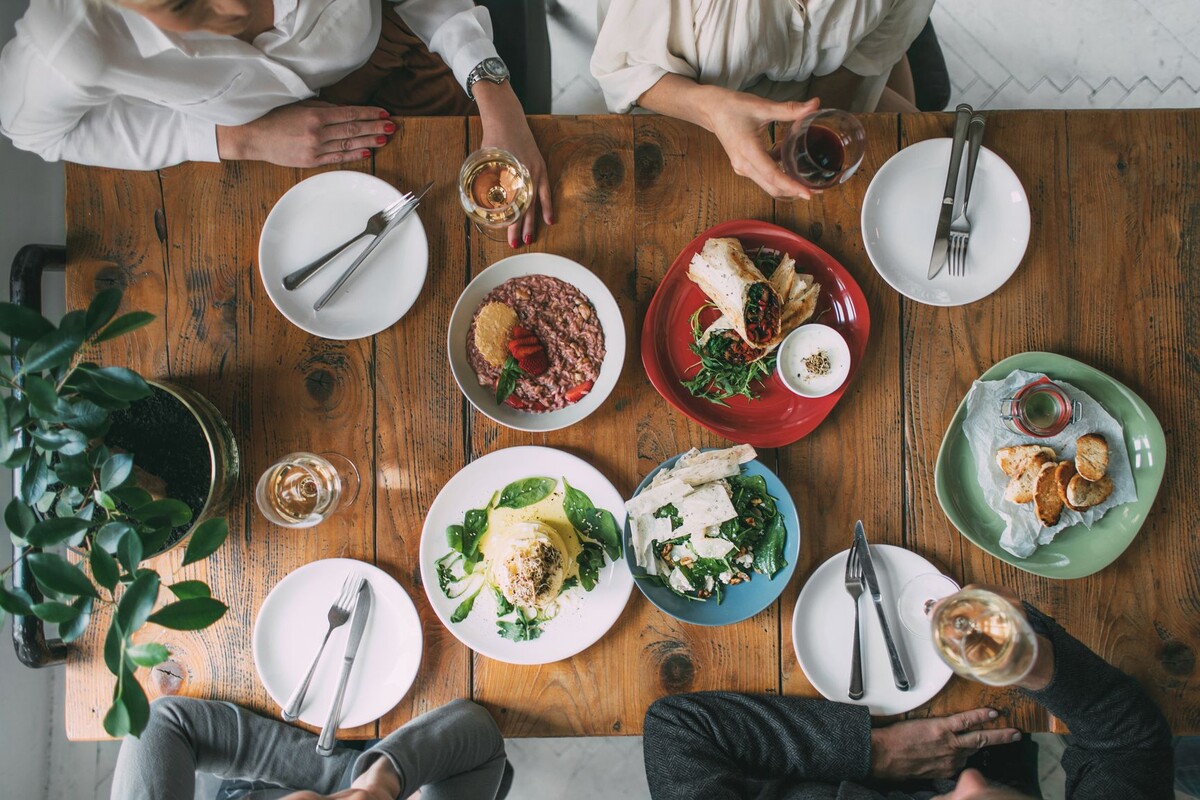

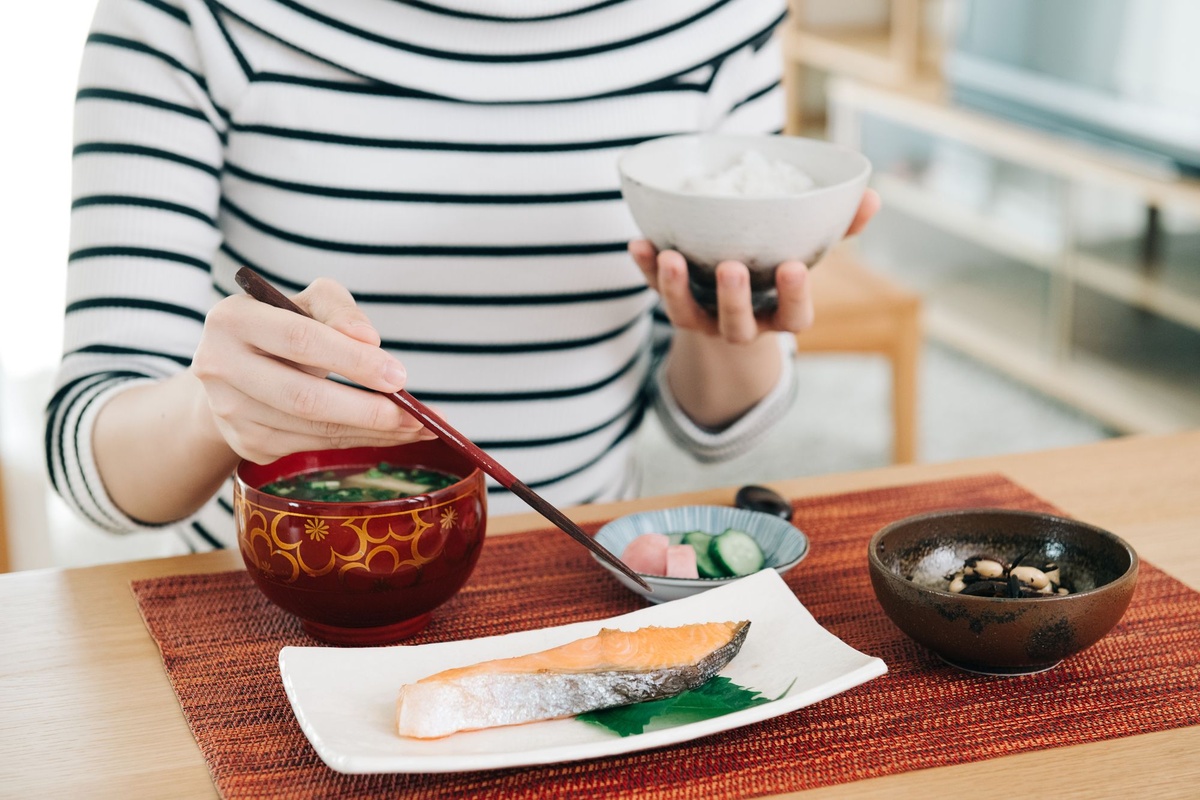
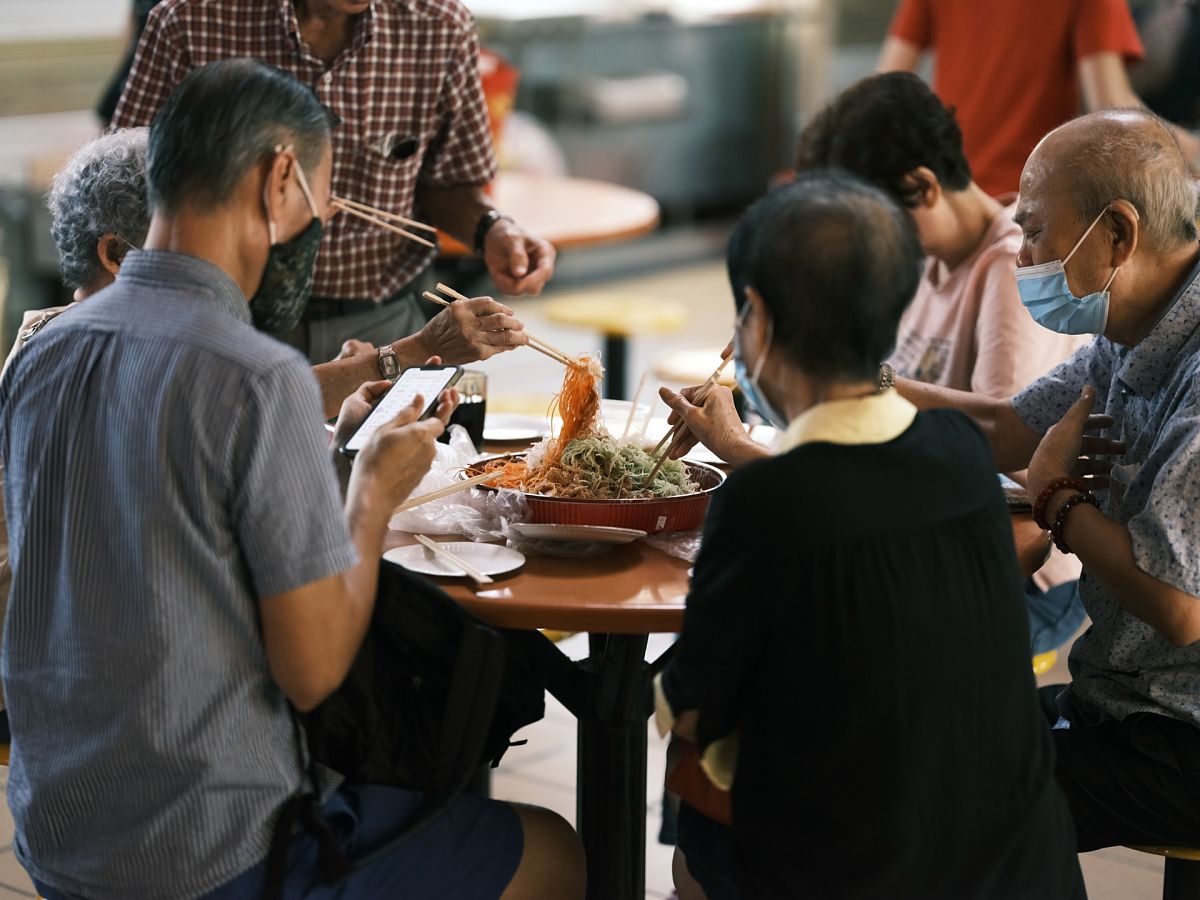
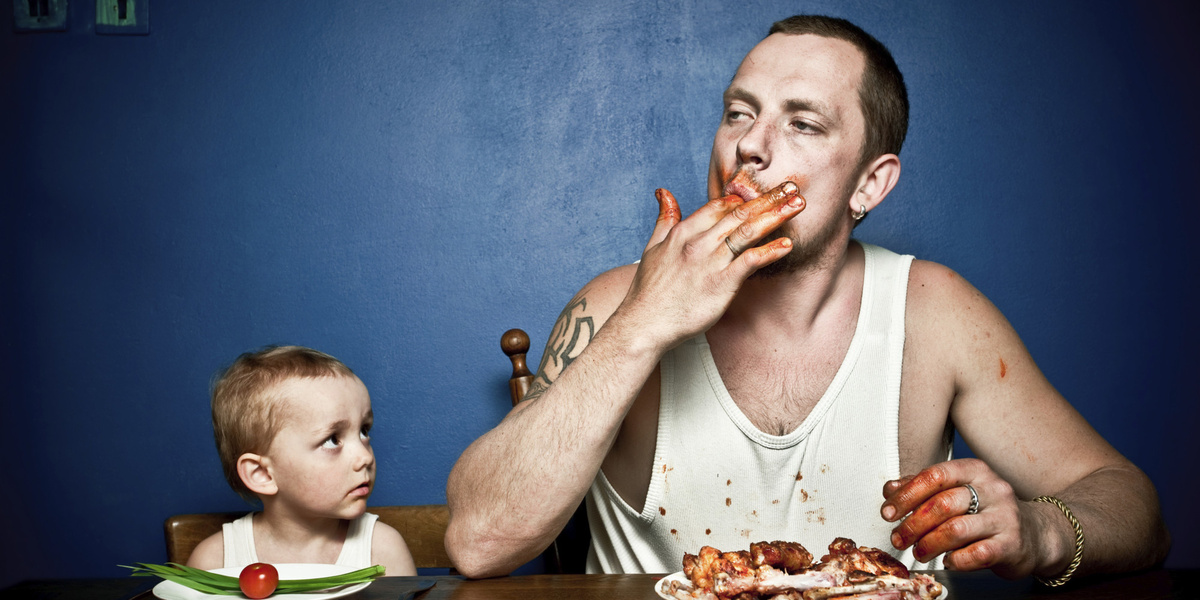

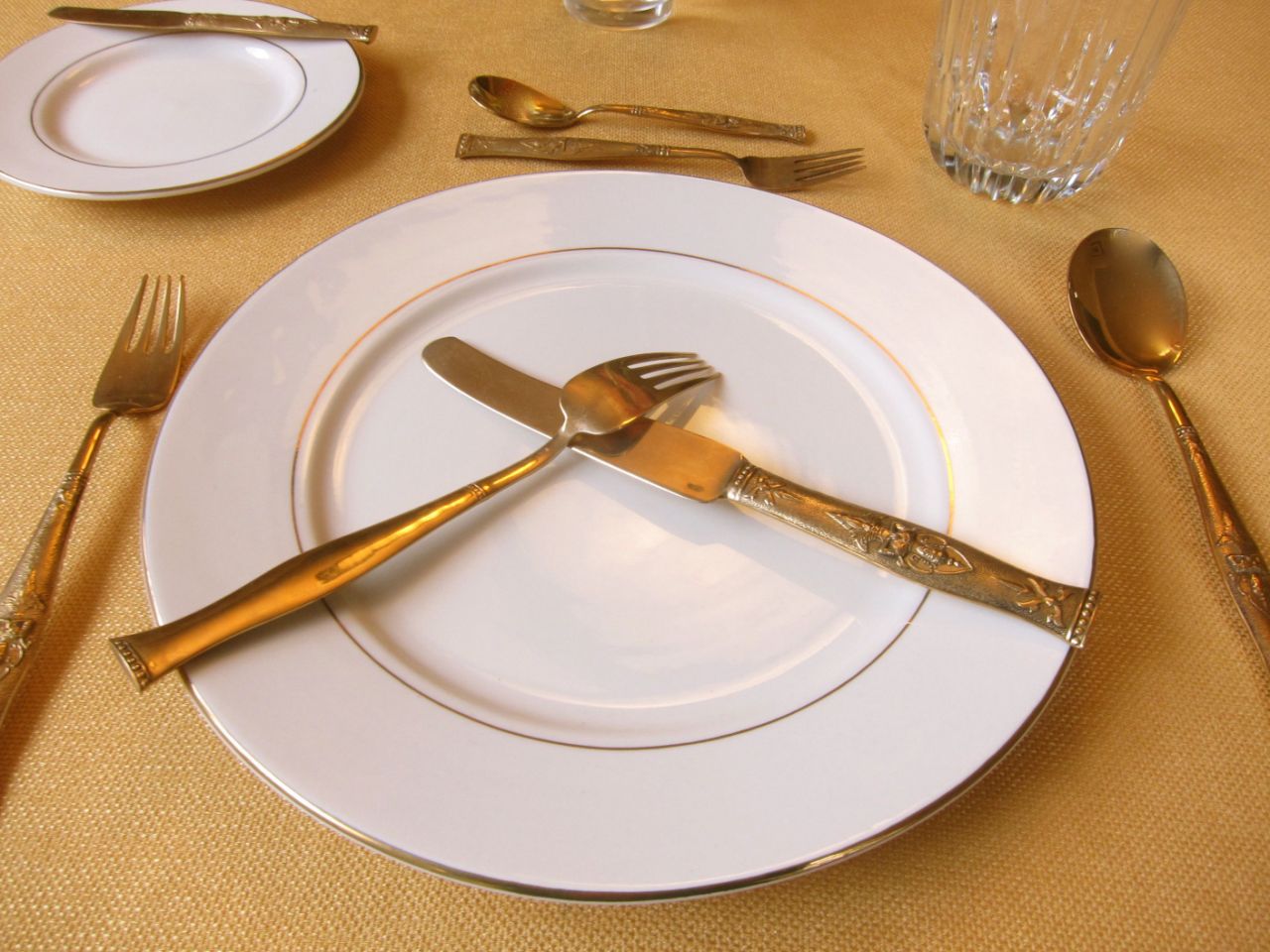

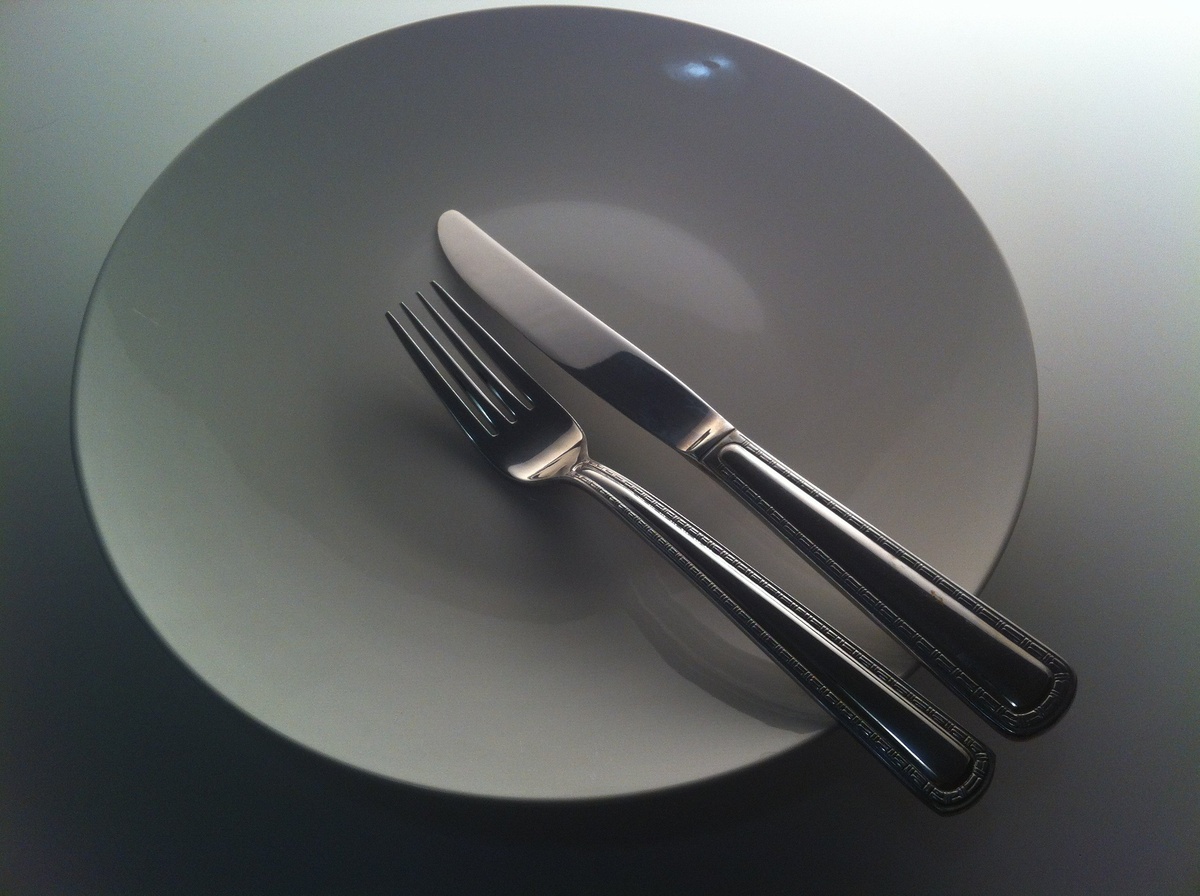

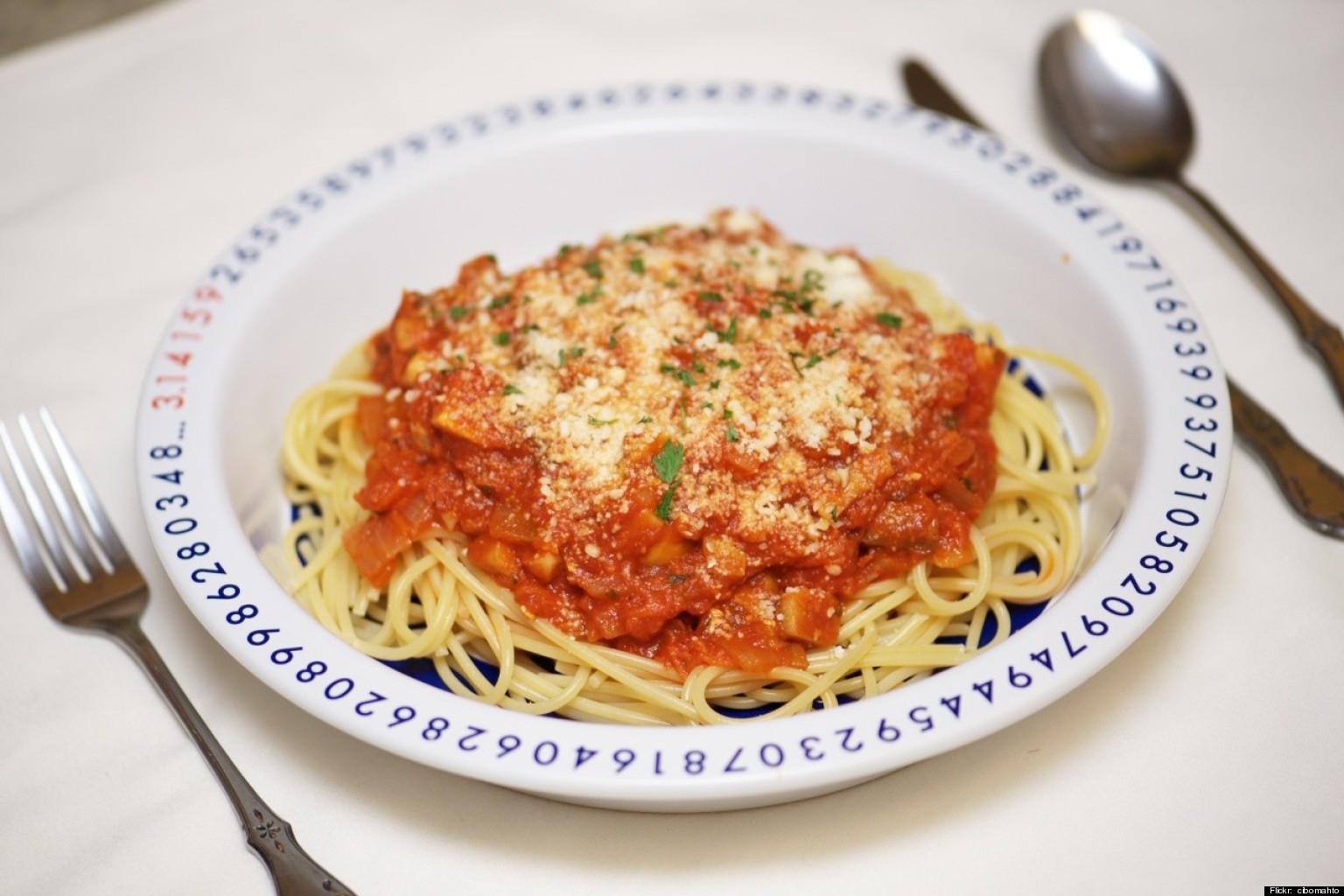
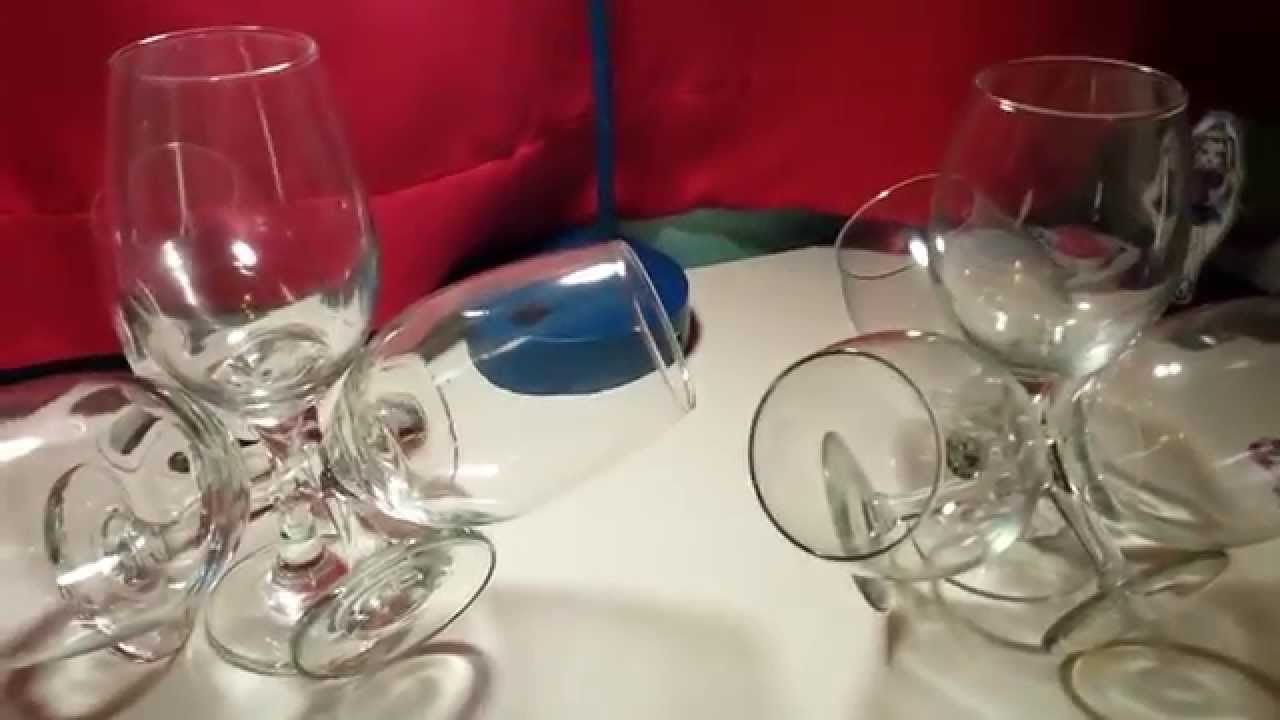
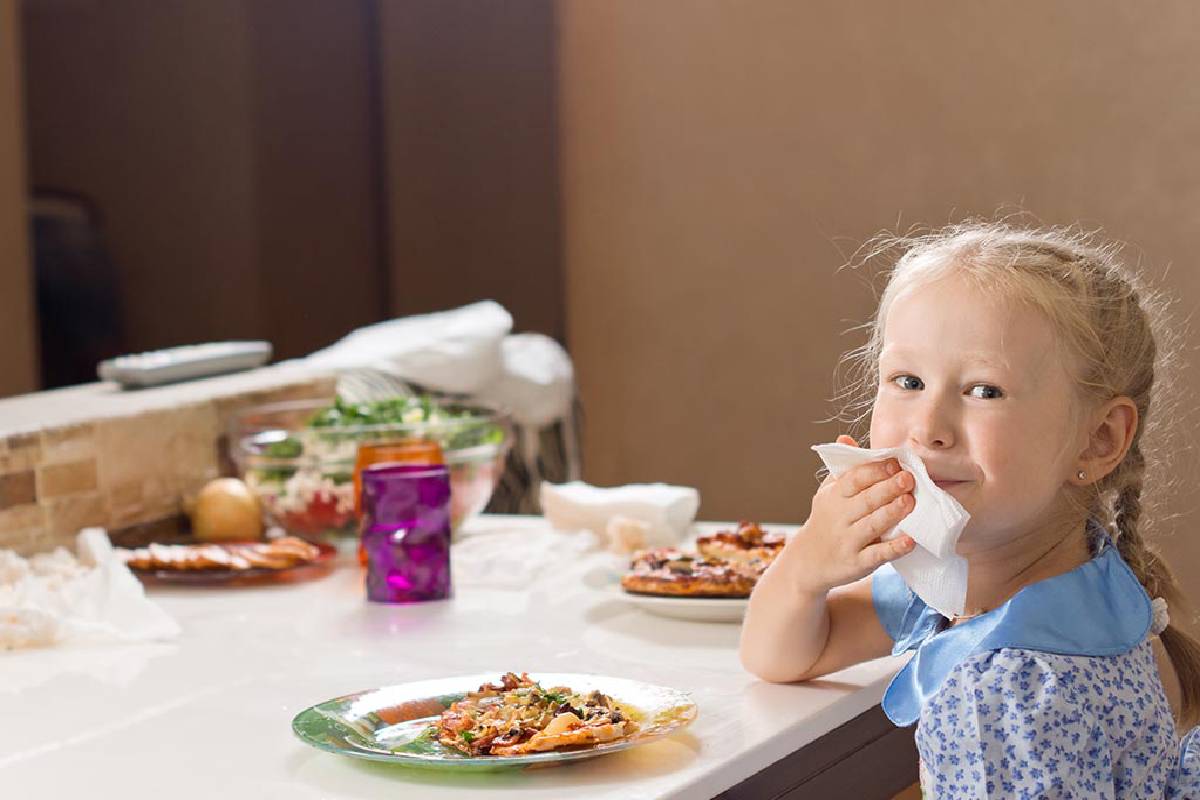
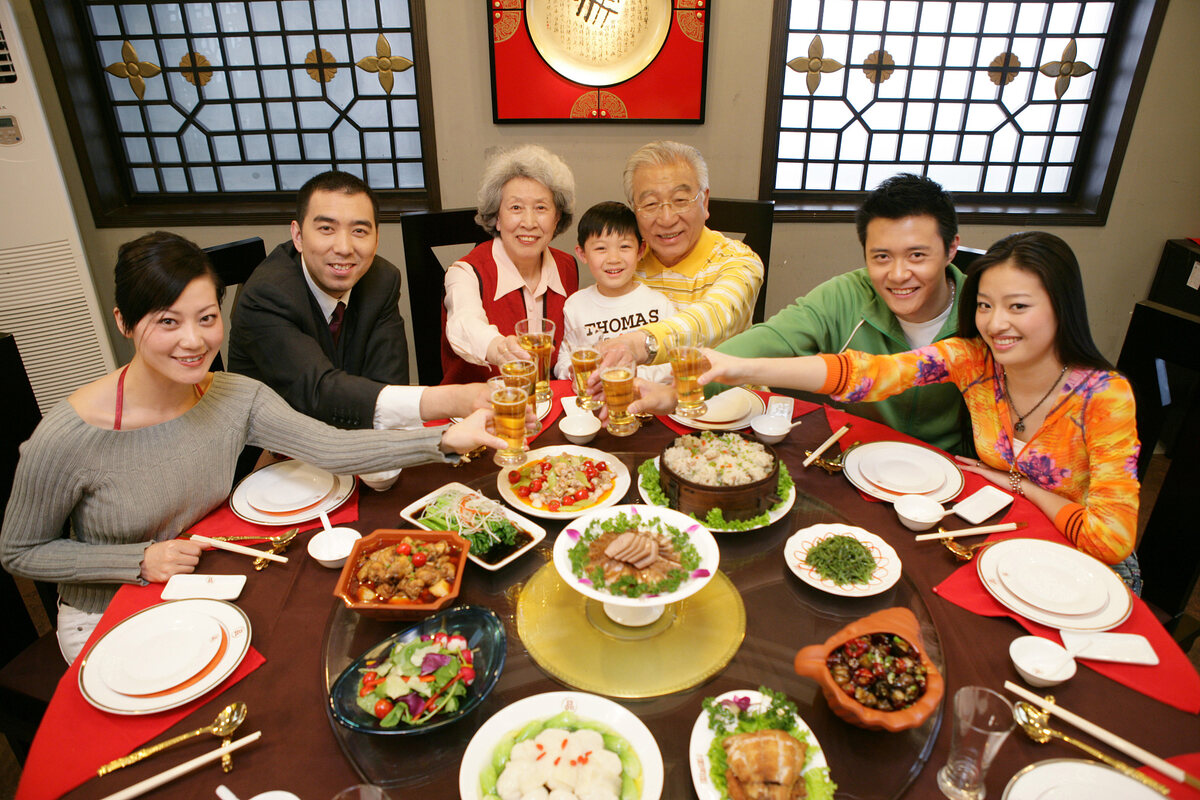

0 thoughts on “Table Manners: How To Place A Knife”